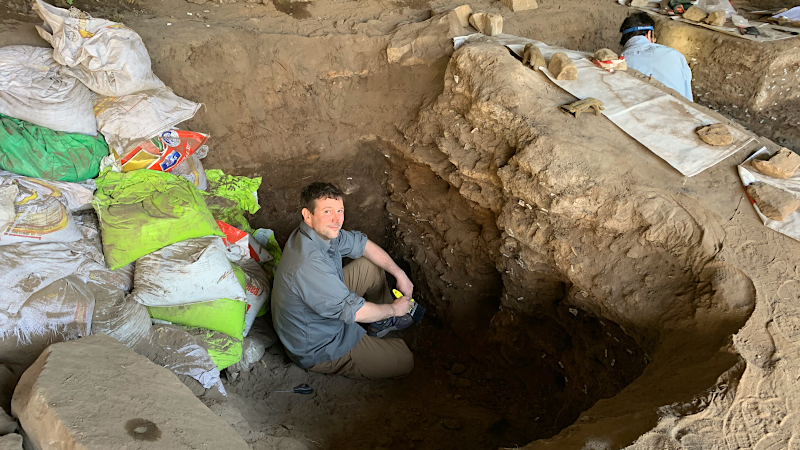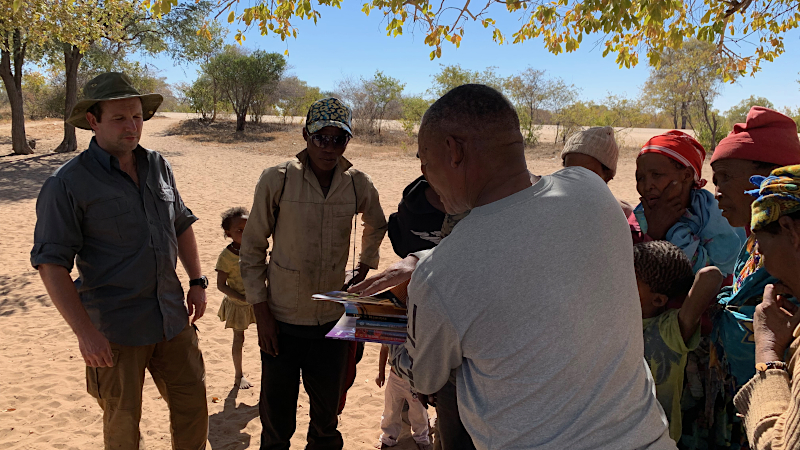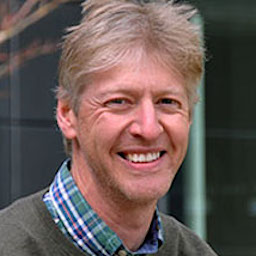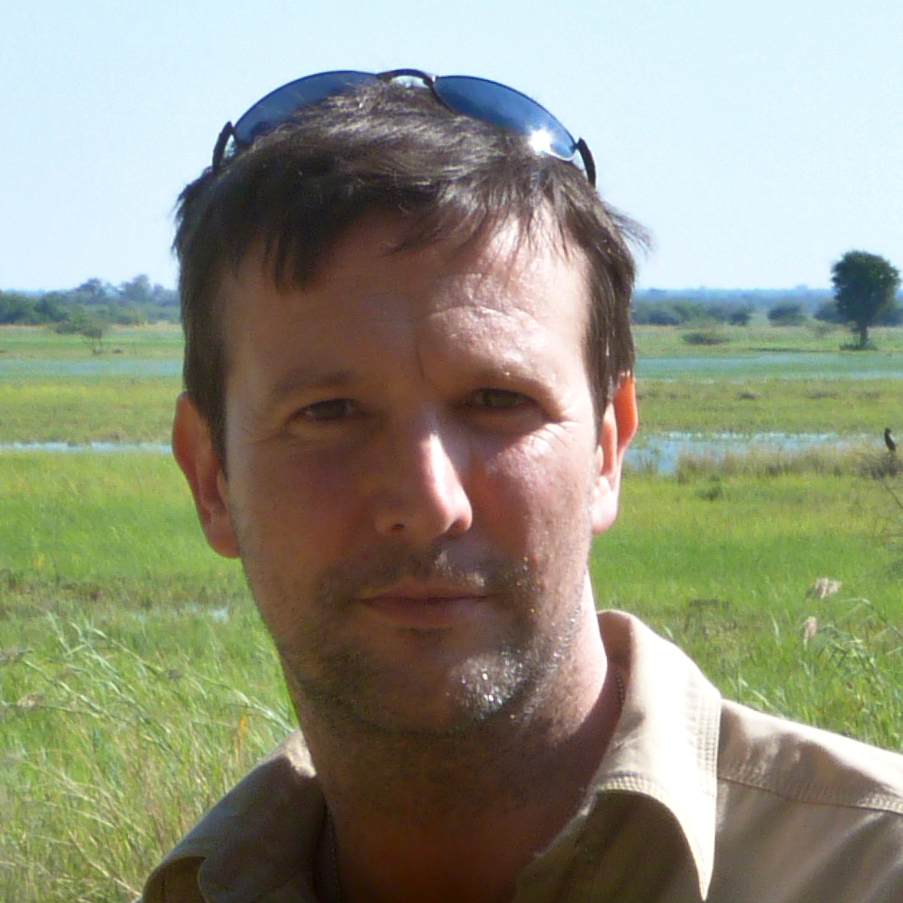|
Analysis of sustainability and reorganisation of Arabian coastal Neolithic socio-ecological systems
This project focuses on the environments and mobility of coastal human communities during the Arabian Neolithic (8200 - 4800 BP) and builds on the existing collaborations Parker and Preston have established with the French Archaeological Mission in the UAE, since 2012. We are developing an integrated approach incorporating evidence from Neolithic occupation sites and their immediate surroundings to wider regional contexts. Neolithic Eastern Arabia offers an abundance of stratified archaeological data (preserved in shell middens), excellent preservation of coastal environmental archives (lagoons, sabkhas), and climate records preserved in speleothems and lake archives.
|
Dr Jean-Francois Berger, Sophie Mery, Professor Adrian Parker, Dr Gareth Preston
|
ANR
|
From: November 2016
Until: December 2021 |
|
Rewriting the Prehistory of Jordan
The prehistoric archaeology of Jordan provides evidence of some of the most momentous achievements in the human past. From traces of the initial forays by our ancient ancestors who left Africa many millions of years ago, though the beginnings of agriculture and settled village life and culminating in the remains of some of the world’s first towns and temples, Jordan’s prehistory is of global significance. Within Jordan, however, prehistoric archaeology is given far less attention than the archaeology of later periods such as the famous cities of Roman Jerash or Nabatean Petra. Too often prehistoric archaeology in Jordan seems to be the preserve of international researchers and is only of marginal interest or benefit to local communities. Presently Jordan’s rich prehistoric heritage is threatened and under-utilised resource.
|
Dr Sam Smith
|
AHRC
|
From: February 2019
Until: January 2022 |
|
Barqa Epipalaeolithic
Within the dune fields known as the Barqa, located to the south of Faynan, a huge scatter of stone tools and their manufacturing debris have been found. These were left by Epipalaeolithic hunter-gatherers, who repeatedly returned to this location between 20,000 and 11,500 years ago. During that period, the area around Barqa appears to have been a wetland environment. Its fresh water would have supported a diverse range of plants and animals, making the area especially attractive for hunter-gatherers.
|
Dr Sam Smith
|
|
|
|
Human-Disease Co-Evolution in Deep Time
Working with a close group of international collaborators on sites in Oman, UAE, Jordan, South Africa, Namibia and Zimbabwe we’re exploring the co-evolution of humans and disease and how patterns of human-disease interaction in the past can be used to reconstruct human evolutionary patterns and processes. Especially the role played by diseases in shaping the adaptive environment during human evolution and the impact of disease exchange during contact between hominin species. Using a range of cutting edge techniques from ancient DNA to modern hunter-gather microbiome analysis our work is shining a light on the central relationship between humans, health and disease during our evolutionary history.
|
Professor Simon Underdown
|
|
|
|
A chronological investigation of palaeoenvironmental change in Wadi Iddayyah, United Arab Emirates
Fluvial systems offer considerable potential to address the current gaps in knowledge that exist in our understanding of Late Pleistocene climate change and associated early human demographics in Arabia, with evidence from some key periods limited to just a handful of spatially dispersed, terrestrial records. This project presents new independent, age-constrained, empirical data of Arabian climate change and landscape response from sites identified along a previously unexplored ~30 km section of Wadi Iddayyah, United Arab Emirates. The system is the main drainage feature within the Jebel Faya anticline, which has provided the earliest evidence of anatomically modern humans (Homo sapiens) identified in Arabia to date (~125 ka). The implications of this work in terms of human occupation and movement across the landscape is the focus of the Co-Is current PhD research.
|
Dr Gareth Preston, Kira Raith
|
IASA
|
|
|
Ecosystem resilience and recovery from the Permo-Triassic crisis
The principal aims of Eco-PT is to determine the cause of the Permo-Triassic mass extinction, especially in terrestrial settings and investigate the nature of ecosystem rebuilding in its aftermath. Projects include seeking sulphur isotopic evidence for atmospheric impact of the Siberian Traps eruptions in terrestrial settings in North China, investigating the nature of the crisis in shallow-marine to terrestrial transitional settings, using proxies for ozone cover to see if UV radiation played a role in the crisis and climate modelling of the super-greenhouse world. Macroevolutionary and macroecological recovery process will investigate a number of factors such as trends in trait changes and morphospace occupation.
|
Dr Wes Fraser
|
NERC
|
From: January 2017
Until: December 2021 |
|
Excavating the roots of the tree of life: revealing a billion year fossil record for the euglenids
This research investigates euglenid fossils from throughout the geological column and, by demonstrating which possess the characteristic euglenid wall structure, provide a continuous fossil record for the euglenids. This will place euglenids as one of the few groups of early divergent eukaryotes with a deep fossil record (and the first of the SuperGroup Excavates). This is important because it will provide evidence for the timing and nature of the diversification of the earliest eukaryotes. It will also provide an important fossil calibration point for molecular biologists that undertake molecular clock studies. Furthermore, we are addressing a highly topical research area and our findings will fuel current controversies concerning whether the eukaryotes evolved in the ocean or in fresh water and how and when euglenids acquired their secondary endosymbiotic green alga.
|
Dr Wes Fraser, Professor Charles Wellman
|
NERC
|
From: November 2017
Until: June 2021 |
|
Solar irradiance and vegetation dynamics at the K/Pg boundary
Over the past decade, our research programme has demonstrated that the chemical composition of the pollen and spore wall is regulated by the amount of light the parent plant receives. This allows us to use the chemical changes in spores and pollen grains to track sunshine through time. By collecting high resolution samples across a broad latitudinal range we will be able to constrain the temporal and spatial dynamics of the dust cloud, testing for the first time the proposed major kill mechanism. New records of K/Pg vegetation as represented in the pollen and spore record are used to generate broad predictions about how vegetation responded to this iconic global extinction event. Specifically we will be able to test if key plant traits such as genome size or pollination strategy (wind of insect pollinated) were associated with extinction and/ or survivorship across the K/Pg in North America.
|
Dr Wes Fraser, Dr Barry Lomax
|
NERC
|
From: November 2019
Until: October 2022 |
|
Chironomid Assemblage of Devils Lake, Wisconsin, USA
Collation and interpretation of the chironomid assemblage preserved within the sediment core of Devils Lake. It will provide further insights into the local terrestrial and aquatic environment over the past 20,000 years.
|
Dr Joseph (Joe) Williams
|
|
|
|
Long-Term Environmental Change in the Ecuadorian Tropical Andes - Volcán Cayambe
The project investigates catchment level response to long-term environmental changes in the highly sensitive Tropical Andes biodiversity hotspot. The overall aim of this work is to provide site-specific studies of proglacial change, the associated rates and processes, and the specific linkages and feedbacks across glacier, terrestrial, and freshwater systems. Initial research was conducted in 2019.
|
Dr Joseph (Joe) Williams
|
|
|





/hope-news-jebelfaya.jpg)

/hope-news-tree-of-life.jpg)